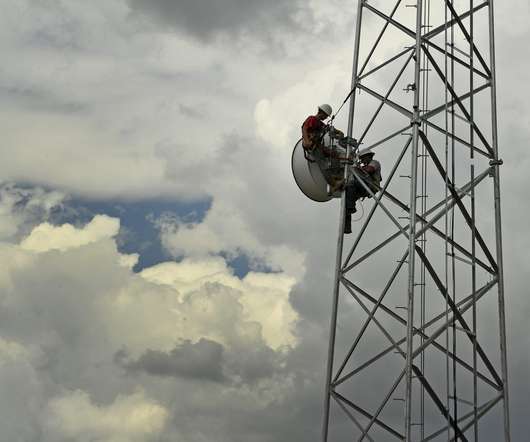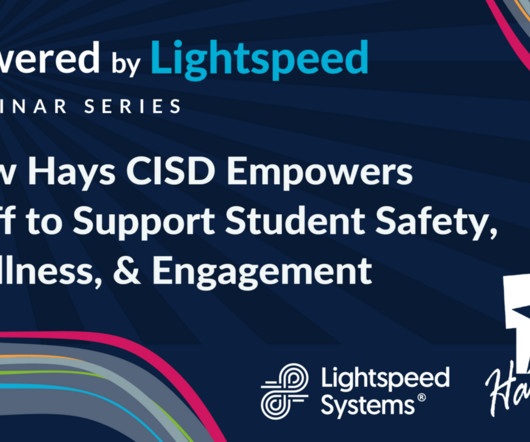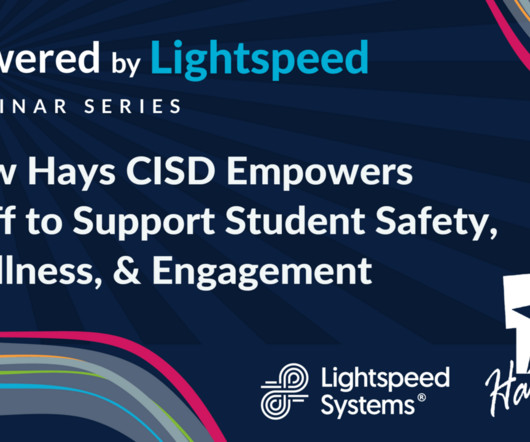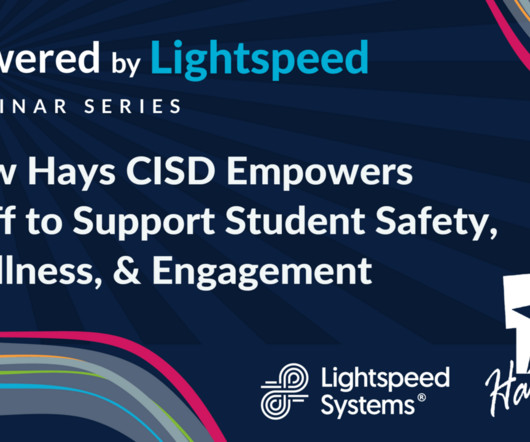Majority of districts now meet FCC’s school internet connectivity goal
eSchool News
JANUARY 3, 2024
Do all students have access to the internet? A critical finding is that school districts that are meeting the 1 Mbps per student goal are also getting access at a much lower rate than those districts not meeting that benchmark,” said Emily Jordan, Vice President of Education Initiatives, CN. Key points: U.S. org website.

































Let's personalize your content